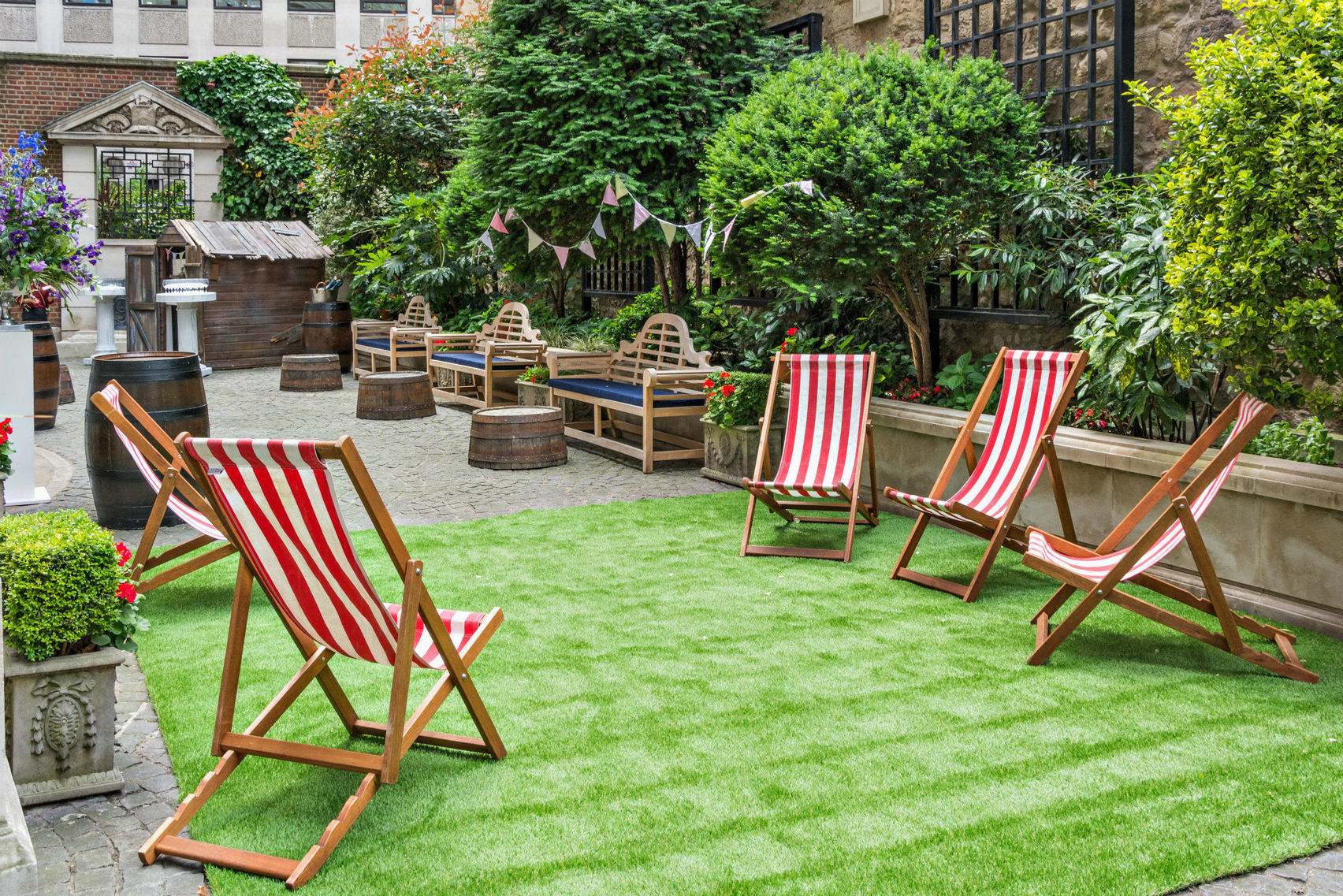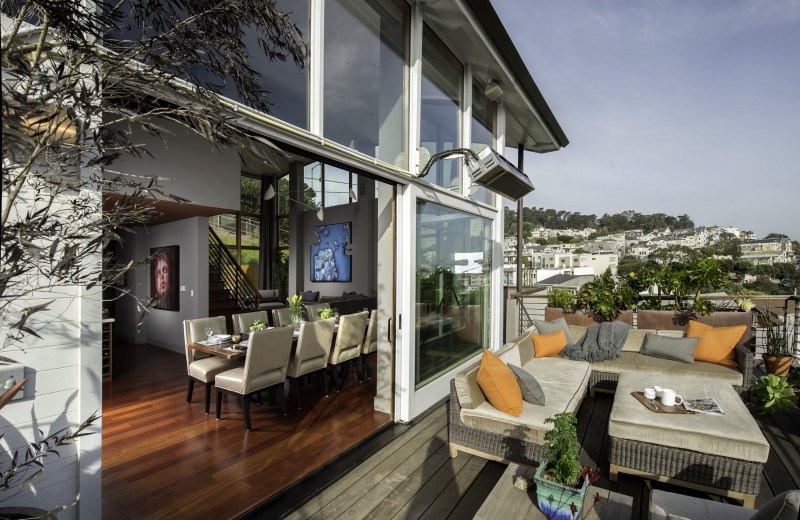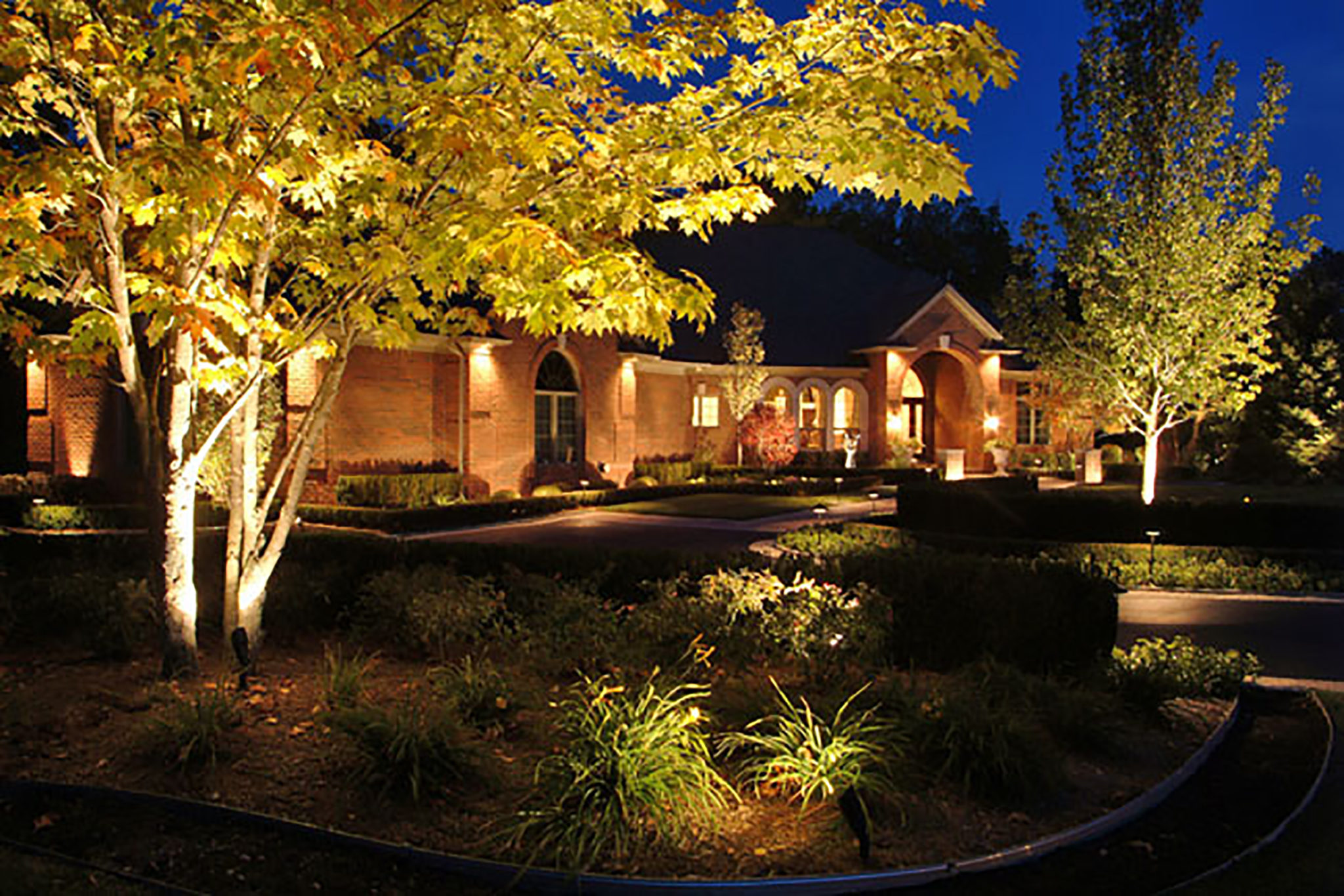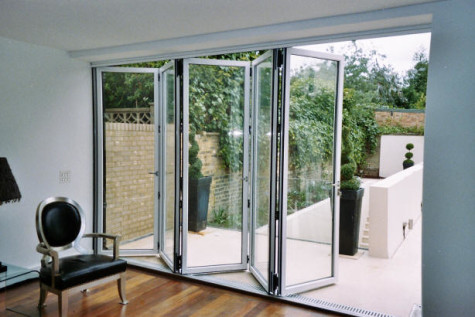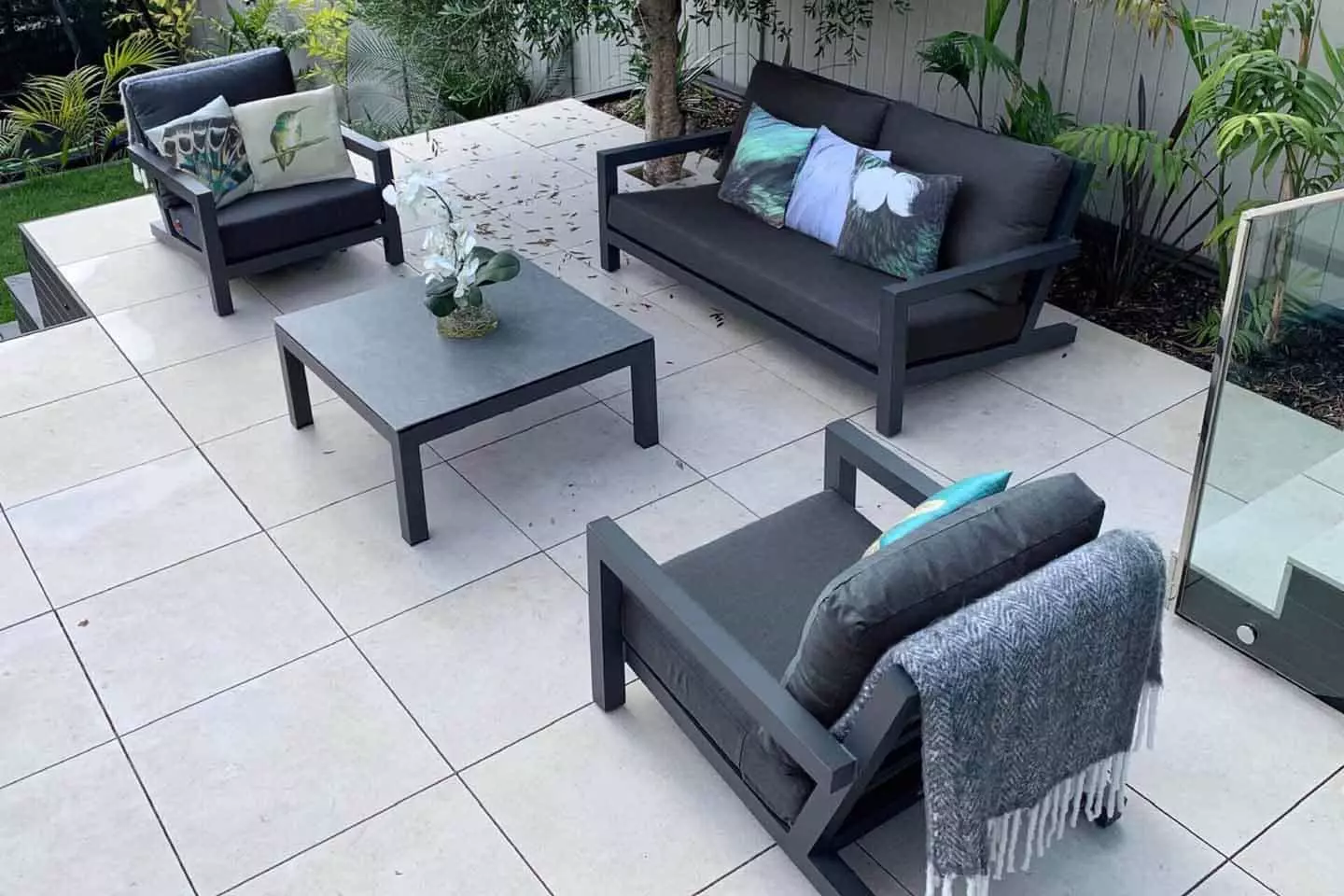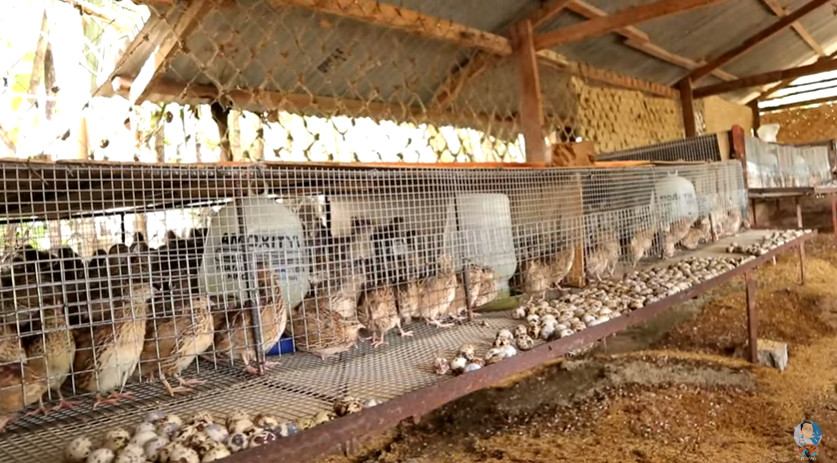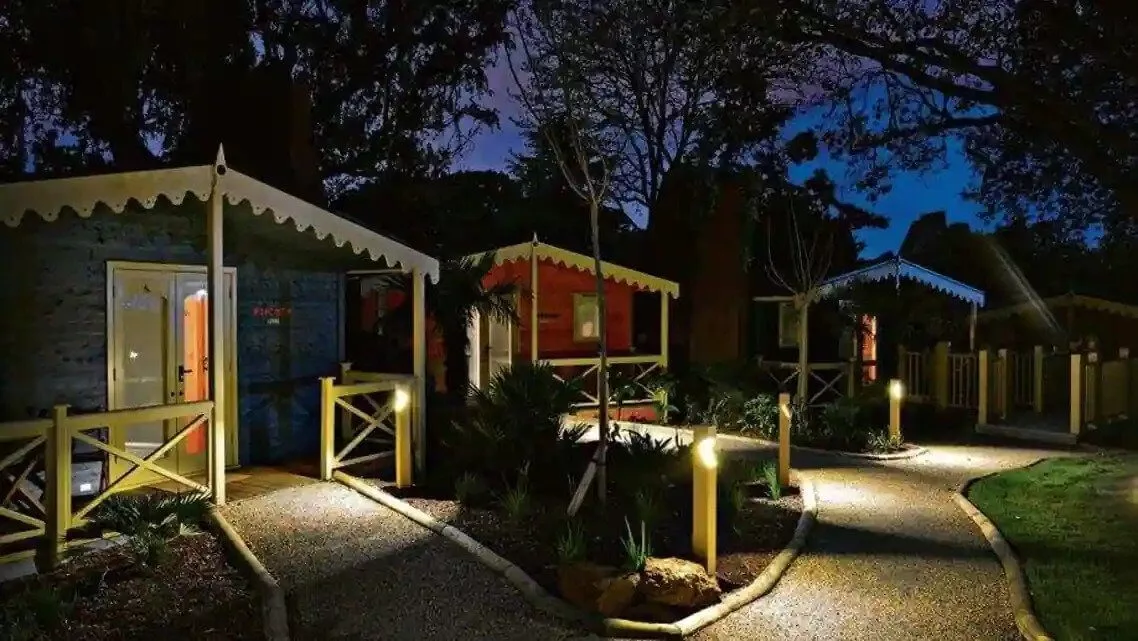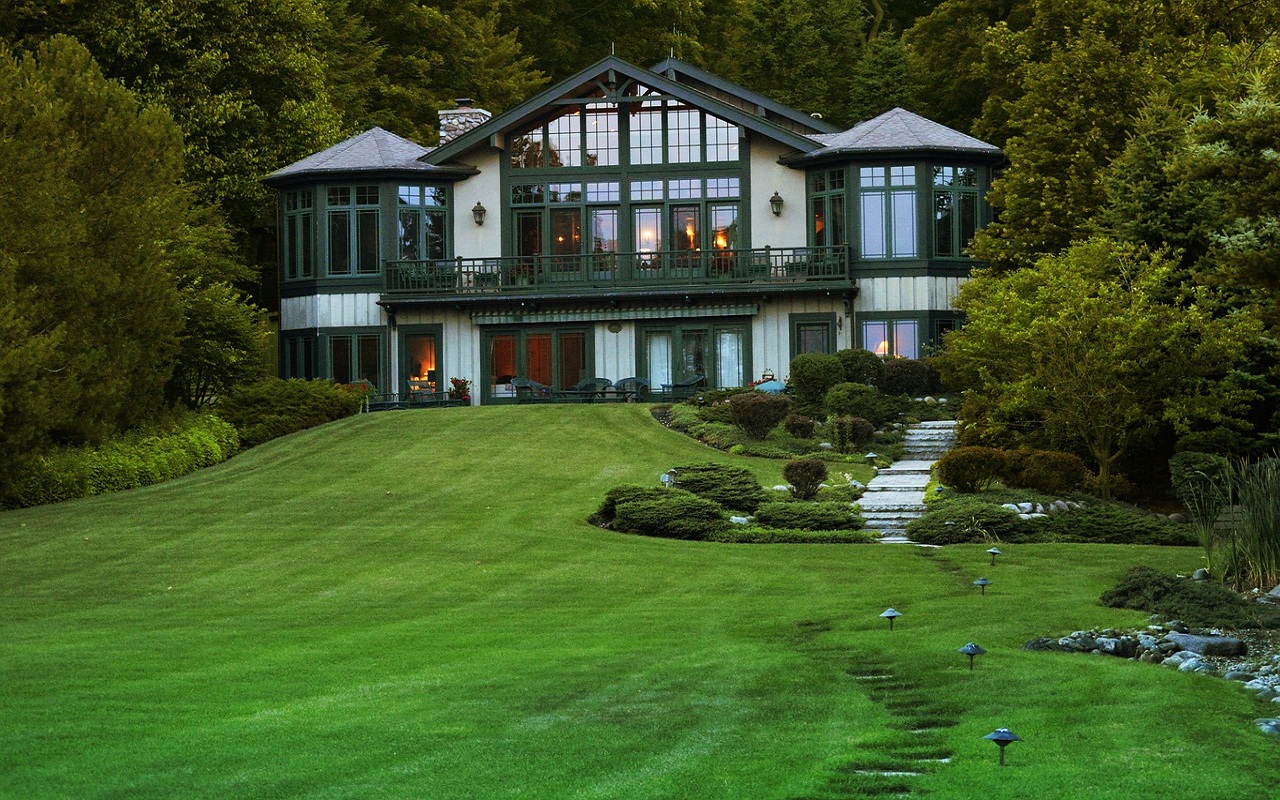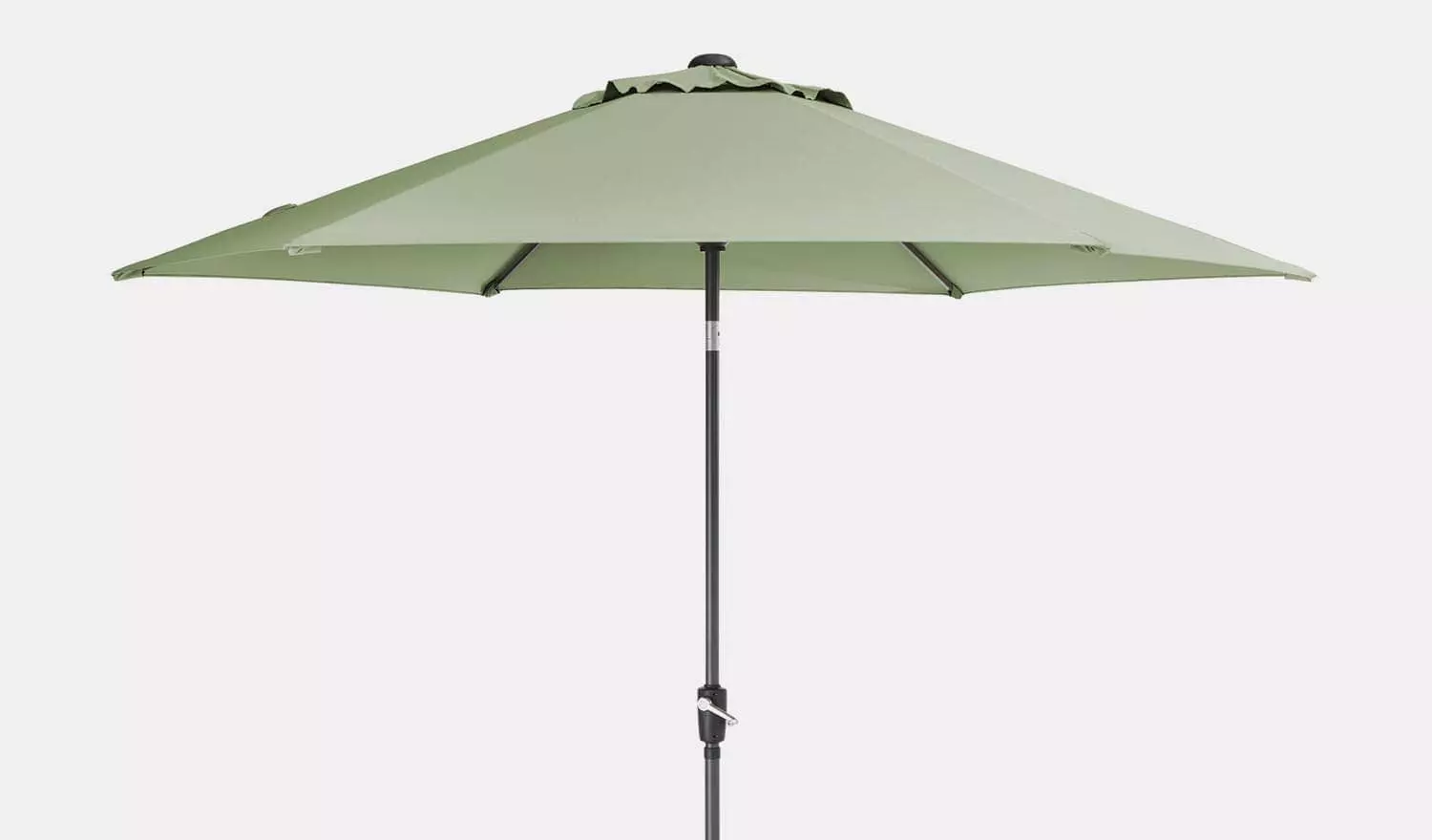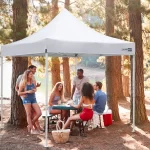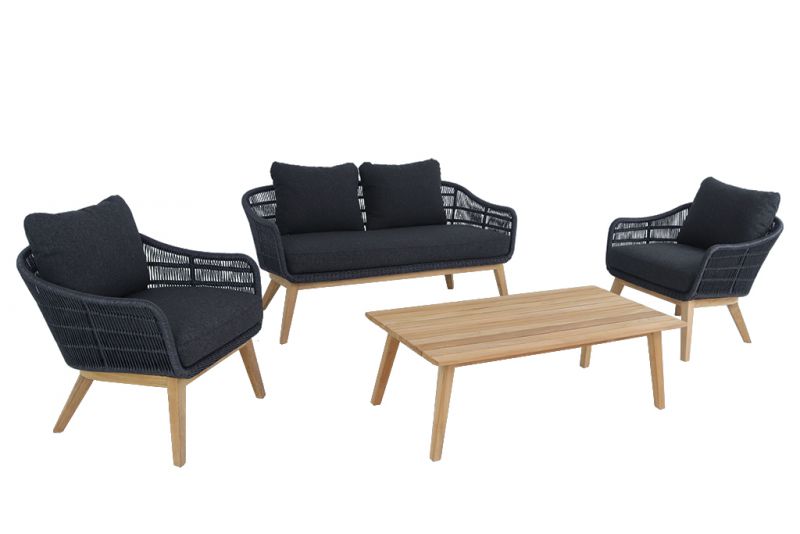To keep your patio looking as good as it did when it was first laid, you should carry out regular maintenance to keep it in tip top condition. This will allow you to get the most out of your patio and maintain its function, attractiveness and longevity so that you can enjoy your patio for many years to come.
Whatever type of paving you have it will need to be maintained, whether your patio is granite, concrete, porcelain, or natural stone. This article highlights the things you should do to maintain and tend to your patio, and they can completely transform your patio and your garden.
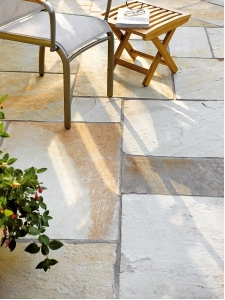
Brushing
To remove any debris and dirt, you should regularly brush over your patio to clear the surface. This will also prevent seeds from germinating and weeds from sprouting in the joints of your pavement.
Weeding
To rid your patio of weeds, pull up any rooted weeds, taking as much of the root as possible. You can also use a weed killer. Contact weed killers are fast acting and kill by being absorbed through the weed’s leaves. Systemic weed killers are slower acting but longer-lasting as affect the weed at its root. Weed killers or alkaline and chemical-based products can damage the surface of your patio, so ensure you use the right weed killer that will not damage your patio.
Washing
To keep your patio in pristine condition, you need to thoroughly wash paved areas with warm soapy water (do not use chemical-based cleaners as they can damage your patio) and scrub the area with a stiff broom. This should be done three or four times a year to loosen any stubborn dirt on the surface and wash the debris away. You can use a pressure-washer to deep clean your patio, but be careful as it can damage your patio, especially on wet cast manufactured paving.

Joints
Joints can be maintained through being re-filled. Fill in joints with a suitable mortar mix if you have mortar-filled joints. When pulling out weeds the jointing material can be pulled with it so be sure to fill it back in. A jointing stabiliser can be used for sand-filled joints to bond the sand together and prevent it from being blown away by the wind.
Sealing
To increase the longevity of your patio, you should use a specialist patio sealer. Use a sealer that matches your patio’s specification so that it is not damaged. A sealer will seal the patio’s surface and reduce porousness so that it will not absorb water. This will prevent moss and algae build up and repel damaging waters and oils.
De-icing
Common salt should not be used to de-ice wet cast paving. To avoid surface damage, you should use a de-icing product formulated for use on the material of your paving.
Be sure to follow these steps to regularly maintain your patio and keep it looking good for many years to come.
This post was written by Simply Paving, a leading online paving supplier with expertise in gardening, paving, DIY and design.
